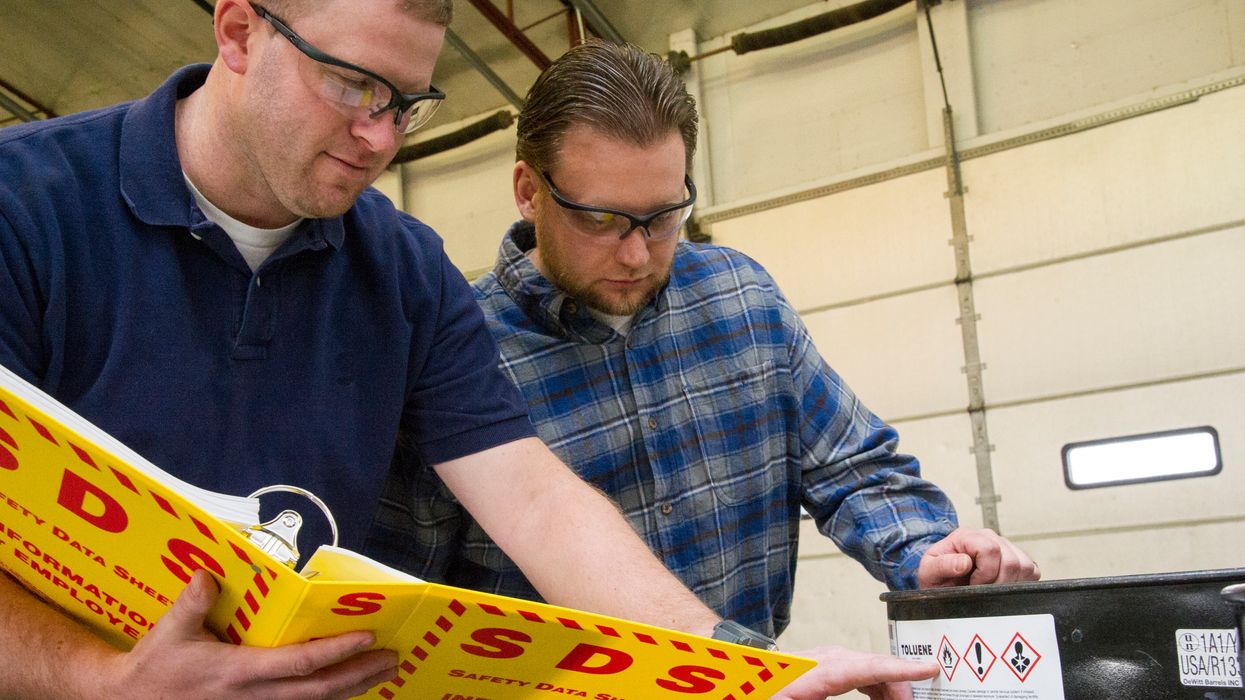EHS Monthly Round Up - November 2025
Hi everyone! Welcome to the monthly news roundup video, where we’ll review the most impactful environmental health and safety news. Let’s take a look at what happened over the past month!
OSHA’s revised Hazard Communication standard took effect last year and included staggered compliance dates stretching into 2028. The first of these compliance dates is just around the corner. By January 19, 2026, manufacturers, importers, and distributors evaluating substances must be in compliance with all modified provisions of the HazCom standard. Manufacturers and importers must reclassify aerosols, desensitized explosives, and flammable gases under the new criteria in Appendix B to 1910.1200 and make corresponding updates to safety data sheets and labels. Impacted manufacturers, importers, and distributors must comply with the standard’s revisions for labeling and SDSs, as applicable.
Data for fiscal year 2024 reveal that OSHA penalties for serious violations vary widely among state-plan states. Although federal OSHA expects state penalties to stay within ±25% of its average, six states are above this range and ten are below. Penalty trends show annual increases tied to inflation, with some states like Oregon and Minnesota raising penalties dramatically, while others, such as Vermont, decreased them. A serious violation involves a substantial risk of death or harm, with maximum penalties reaching $16,550—or up to $165,514 for willful or repeat violations.
State-plan state inspection counts and penalty amounts surged in fiscal year 2024. Violation figures also grew, but the number of inspections with one or more violations decreased slightly. The latest data stem from the Occupational Safety and Health State Plan Association’s Grassroots Worker Protection Report. This annual report covers the efforts and achievements of OSHA state-plan states.
OSHA issued several new fact sheets and publications, ranging from the hazards of tank cleaning to allergies in the cannabis industry, monkeypox, and temporary workers in construction. These publications don’t create new regulations or obligations but provide guidance and information on specific topics and how they relate to existing OSHA laws and regulations.
Nevada’s recently updated heat illness dashboard now includes enforcement data on the state’s heat illness prevention rule. The rule took effect April 29 and as of October 15, there have been 183 compliance-related inspections. Accommodation and food services, construction, and retail are the top three inspected industries.
And finally, the Mine Safety and Health Administration issued two new safety and health alerts. The safety alert offers best practices for safe electrical work. The agency reminds miners that electrical work shouldn’t begin until circuits are fully deenergized and proper lockout/tagout procedures are in place.
MSHA’s health alert offers best practices to help miners reduce their exposure to respirable dust and silica. The agency warns that dusty work clothes are a significant source of secondary exposure to dust and silica and recommends specific housekeeping measures to keep work areas clear.
Thanks for tuning in to the monthly news roundup. We’ll see you next month!






